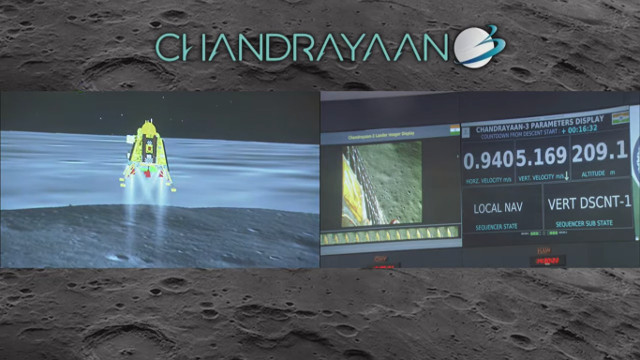
A success for the launch of the Indian Aditya-L1 solar observatory
A few hours ago, the Indian space probe Aditya-L1 blasted off from the Satish Dhawan space center atop a PSLV-XL rocket. After about ten minutes, it regularly separated from the rocket’s last stage. In about 109 days, Aditya-L1 will reach the Lagrange point called L1, about 1.5 million kilometers from the Earth, where it will begin its mission of observing the solar atmosphere and various processes taking place on the Sun’s surface. It will join other space probes and solar observatories helping to unlock the last secrets of the Sun.





